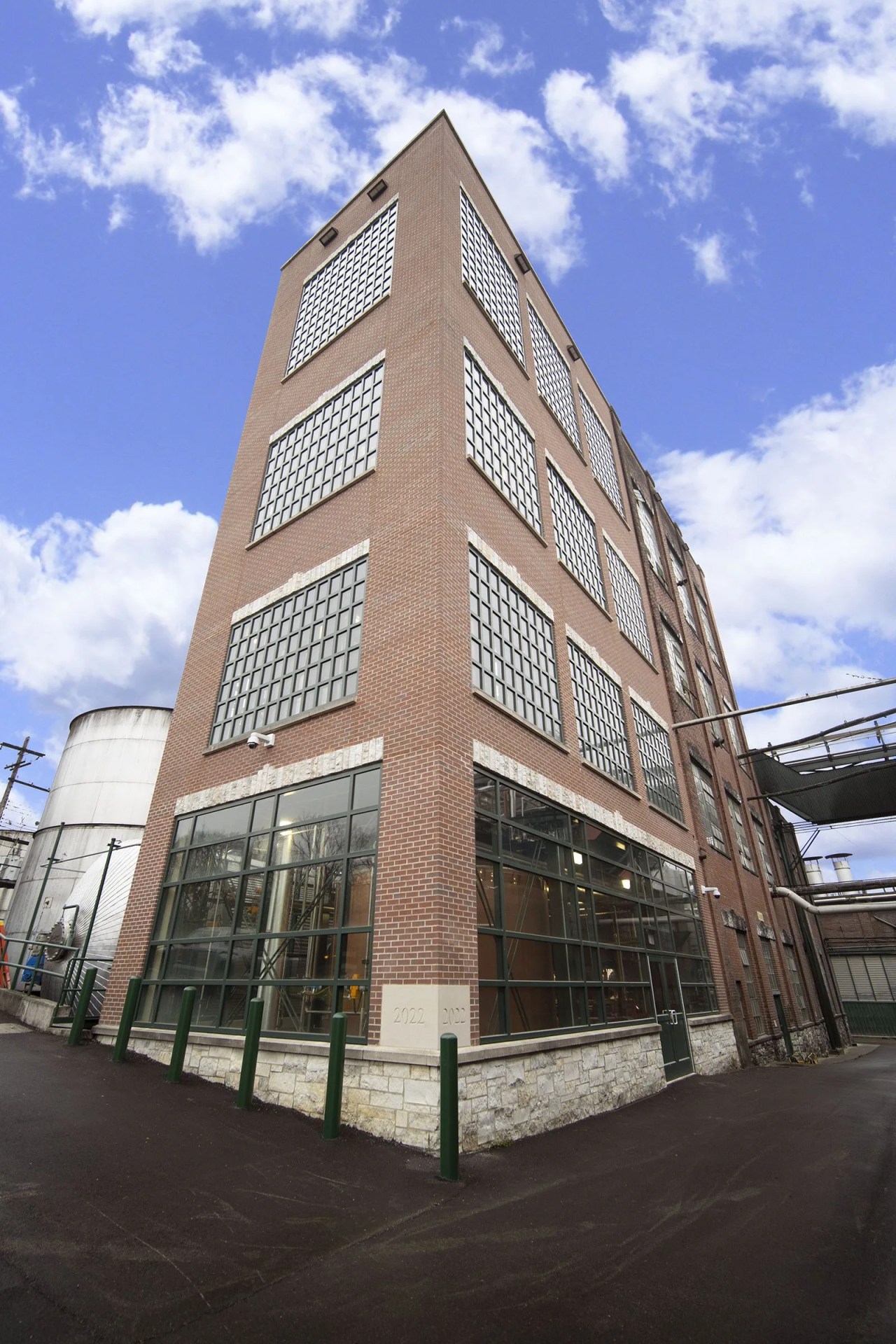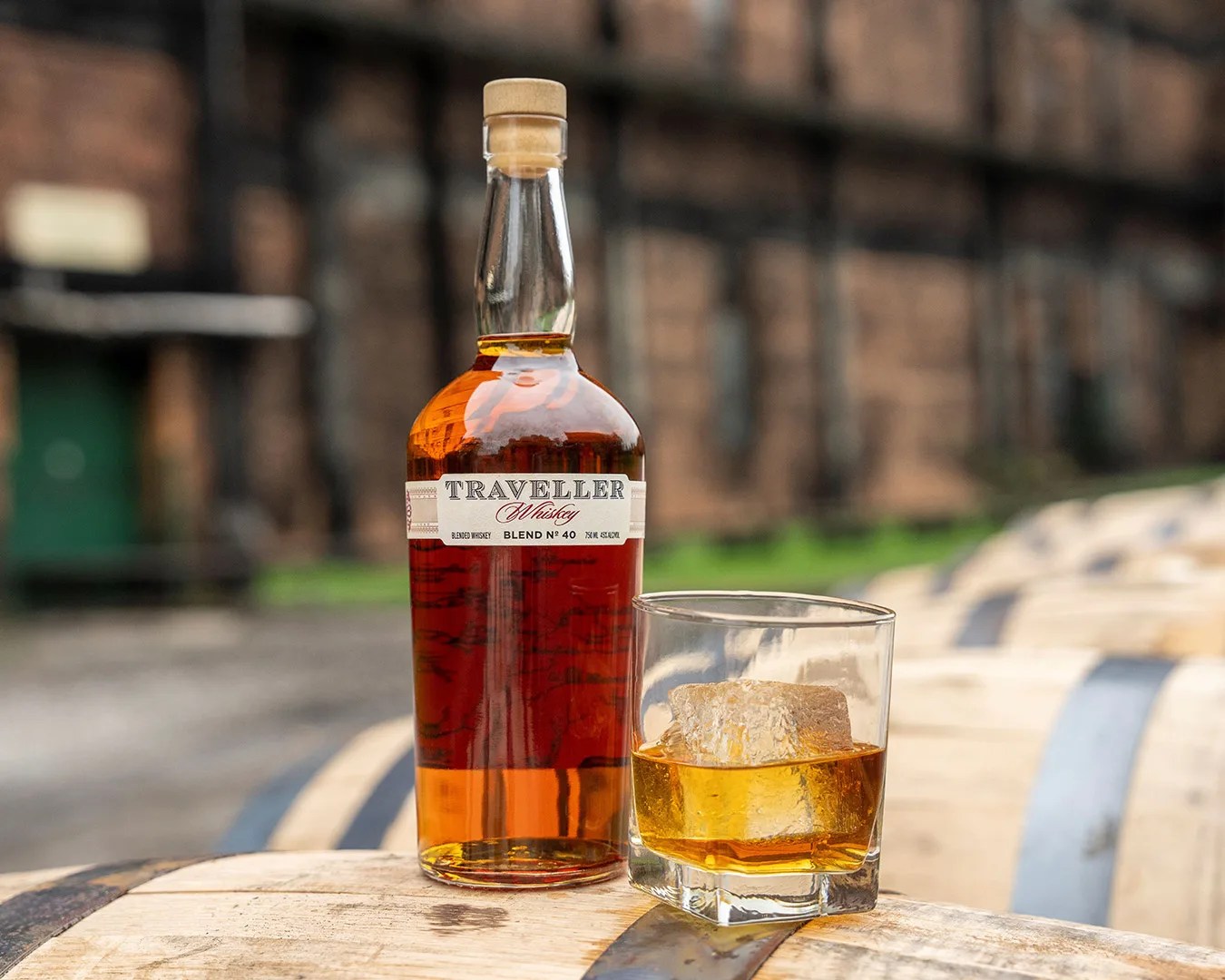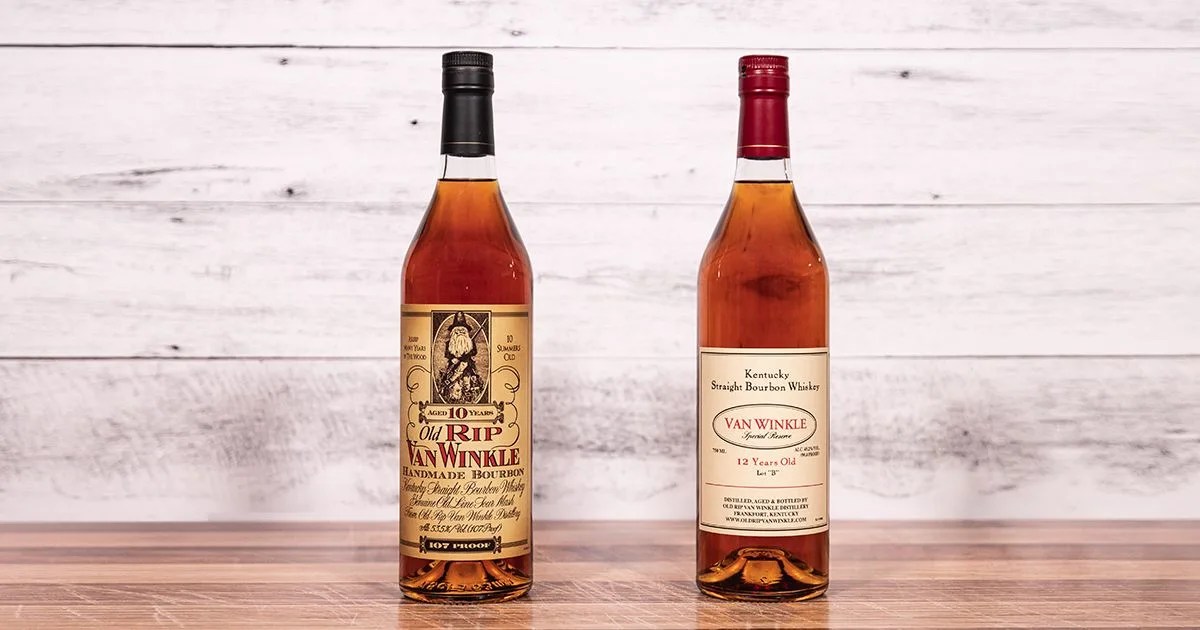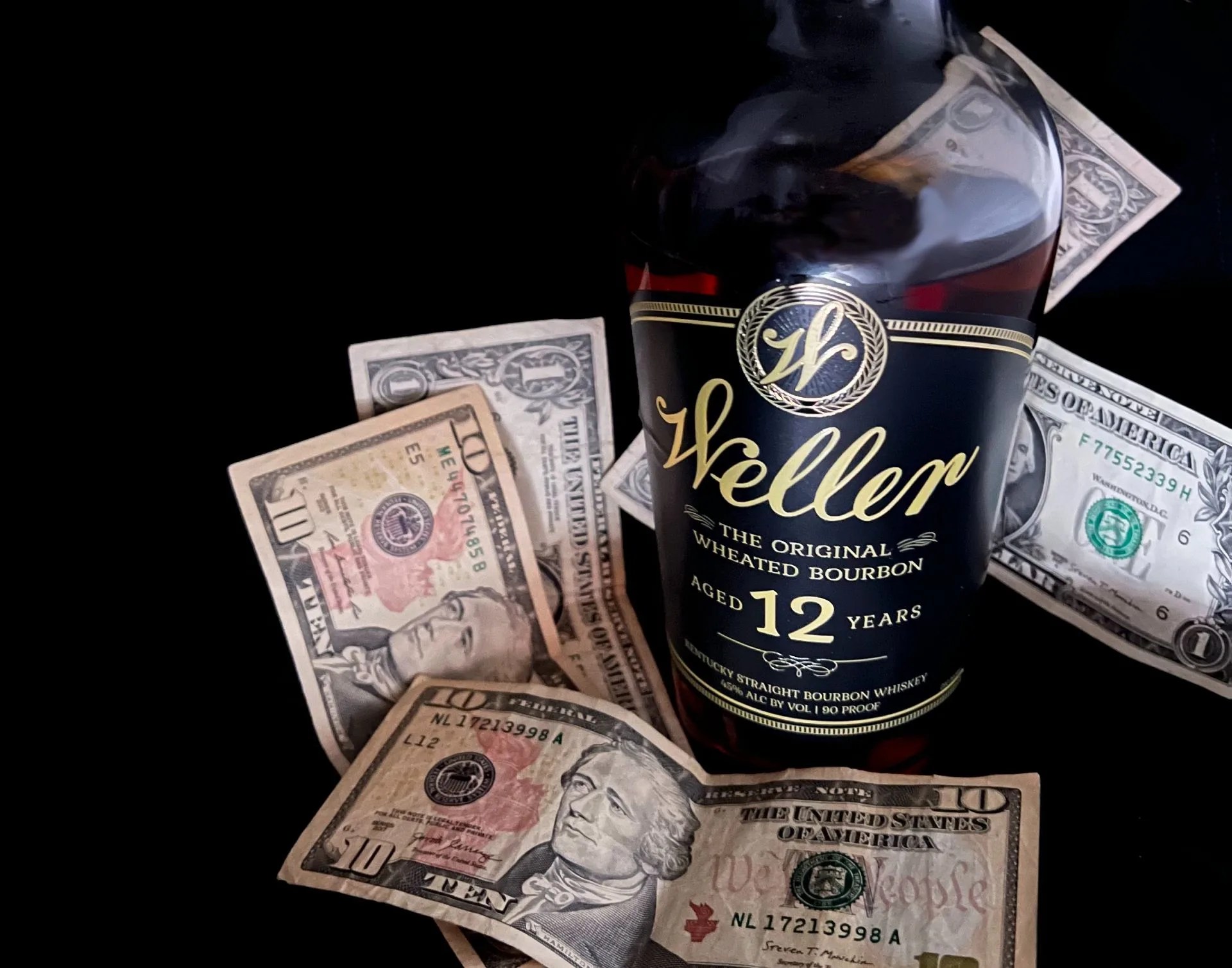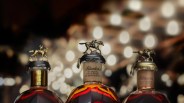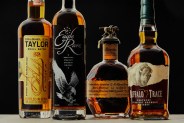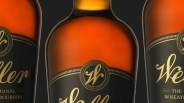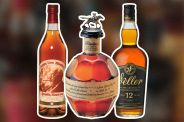Buffalo Trace may have just given bourbon fans the best news of the year a little less than halfway through 2025.
The maker of some of the most prestigious bourbons on the planet, including Blantons, W.L. Weller, and Pappy Van Winkle, to name a few, just announced a new 12-year-old version of Eagle Rare Bourbon that’s bottled at an even slightly higher 95 proof than its 10-year-old, 90 proof sibling.
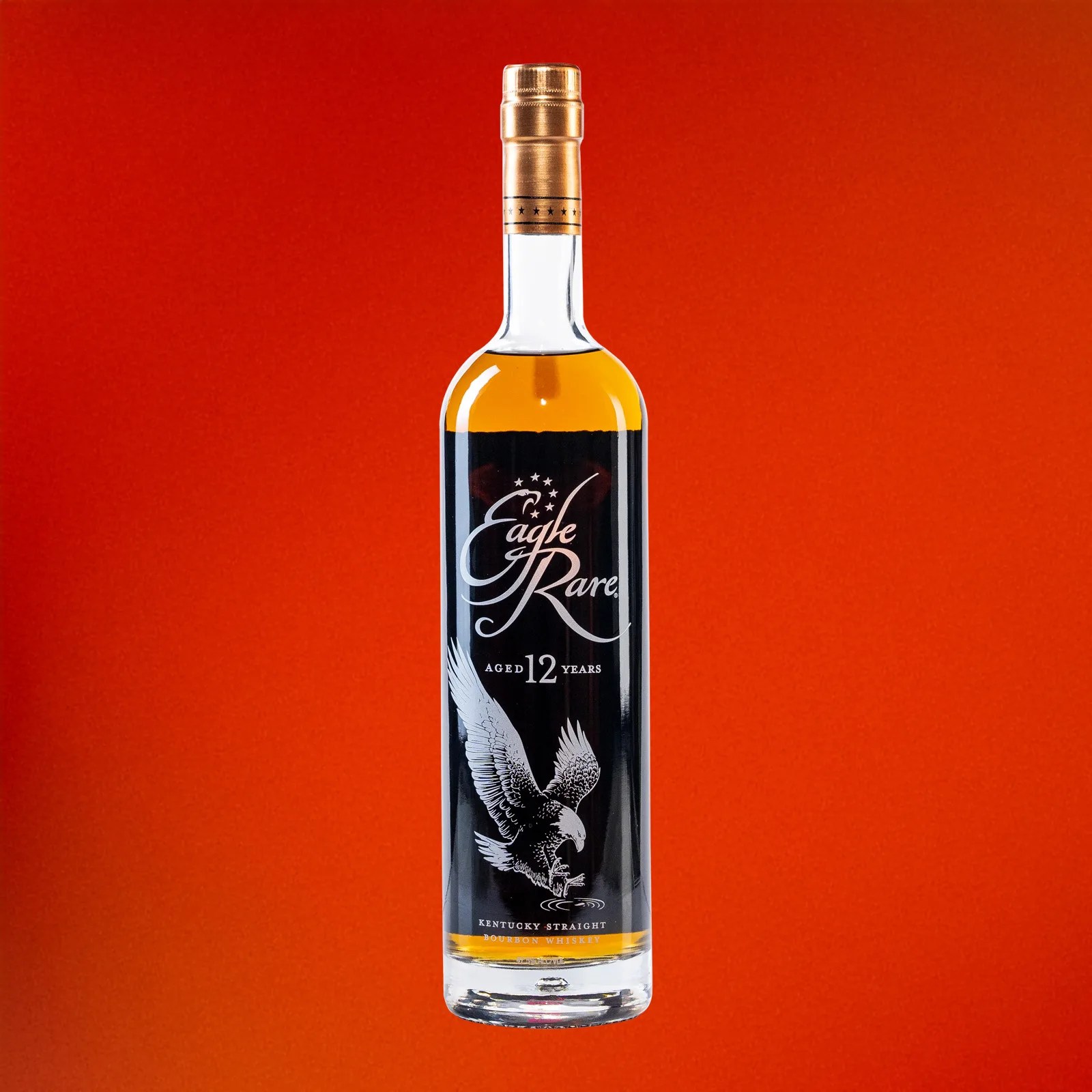
Better yet, the new offering will be a permanent part of the Eagle Rare lineup, and its MSRP is just $50.
It’s the kind of sign long-standing bourbon drinkers have hoped (and may even prayed) would come for years now, whether or not they loved or hated Eagle Rare’s low-rye, low-proof bourbon.
That’s because, in many ways, this launch could be the clearest indicator yet that a decades-long expansion effort by Buffalo Trace may finally return the American whiskey market to some semblance of sanity, at least from a consumer’s POV.
After nearly two decades of explosive and unprecedented growth helped fuel a maddening spiral of bourbon availability struggles and price hikes, a release of this magnitude suggests the bourbon market might finally return to earth.




